Blockchain-Based and Blockchain-Agnostic Architectures for Energy Markets – A Journey Through Research, Experimentation, and Standardization
Written by Sri Nikhil Gupta Gourisetti1, Umit Cali2, Farrokh Rahimi3, Claudio Lima4, Hayden Reeve1, and D. Sebastian Cardenas1
Transactive energy market researchers have been exploring blockchain’s capabilities to enforce secure transactions that prevent repudiation, maintain user privacy, and ensure the confidentiality and integrity of all transactions. Despite blockchain’s promise to act as a trust anchor between disparate entities to enable distributed energy market architectures, some of questions about the long-term challenges for a production-ready blockchain solution pertaining to scalability, interoperability, and security remain largely unanswered.
A formidable amount of existing research in this area clearly demonstrates two aspects:
- An opportunity: Blockchain shows promise to augment and even revolutionize energy markets in a distributed ecosystem with a mix of utility and non-utility owned DERs.
- A Challenge: To assist with long term scalability and interoperability, there is a strong need for standardization and blockchain-based frameworks for transactive energy systems and smart contracts.
From a practical applications point of view, one must distinguish between two categories of use cases where blockchain is considered and assessed for use in the electricity sector:
- Use cases and applications where conventional non-blockchain solutions do the job satisfactorily, but blockchain “can also be used” and integrated with legacy solutions.
- Use cases and applications where conventional non-blockchain methods fall short of meeting the combination of emerging industry requirements such as lowering barriers of market entry for distributed energy resources (DER) while augmenting market efficiency, security, guarding against double sale and associated market manipulations, and streamlining settlement processes. This is the area where blockchain-enabled technologies offer the most promise.
Blockchain technology should be seen as an enabler at the software layer that offers the following features (1) trust between untrusted entities; (2) data integrity by using cryptographic hashing; (3) confidentiality by enforcing access controls and incorporating peripheral security controls for increased security through encryption, (4) configurable or controlled availability of data by using an immutable ledger with transactional records, (5) logic process automation by using smart contracts or platform-level enforcement of governance and rules, and (6) fault-tolerant operations by using a consensus mechanism. The blockchain technology’s modularity can take advantage of these features to support physical market operations. However, at its current maturity, behavioral and performance inconsistencies exist across the attributes offered by the various blockchain platforms. Blockchain is evolving fast, and will continue to do so, so research and development activities in the marriage of blockchain and energy markets should strive to stabilize and standardize elements pertaining to the immutable ledger, smart contracts, consensus mechanisms, and associated protocols and processes in a technology-agnostic fashion. Such direction will help realize real-world deployments that are interoperable, thereby increasing market adoption.
In recent research advancements, a reference framework and a smart contract templates architecture for a transactive energy market, based on blockchain, have been designed and published. The framework and the architecture [1] are designed based on the energy services interface, as specified in the IEEE 2030 Smart Grid architecture framework concept, while maintaining the necessary cybersecurity constructs required to support fair, secure, and efficient market operation. The blockchain-based transactive energy systems (TESs) framework (see Figure. 1) and the smart contract templates are designed to be blockchain-agnostic, to not only facilitate the energy market mechanisms, but to also assist with meeting cybersecurity requirements, such as access control management (including identification, authentication, and authorization); data security and integrity; and resilience management (decentralization, scalability, and performance during faults).
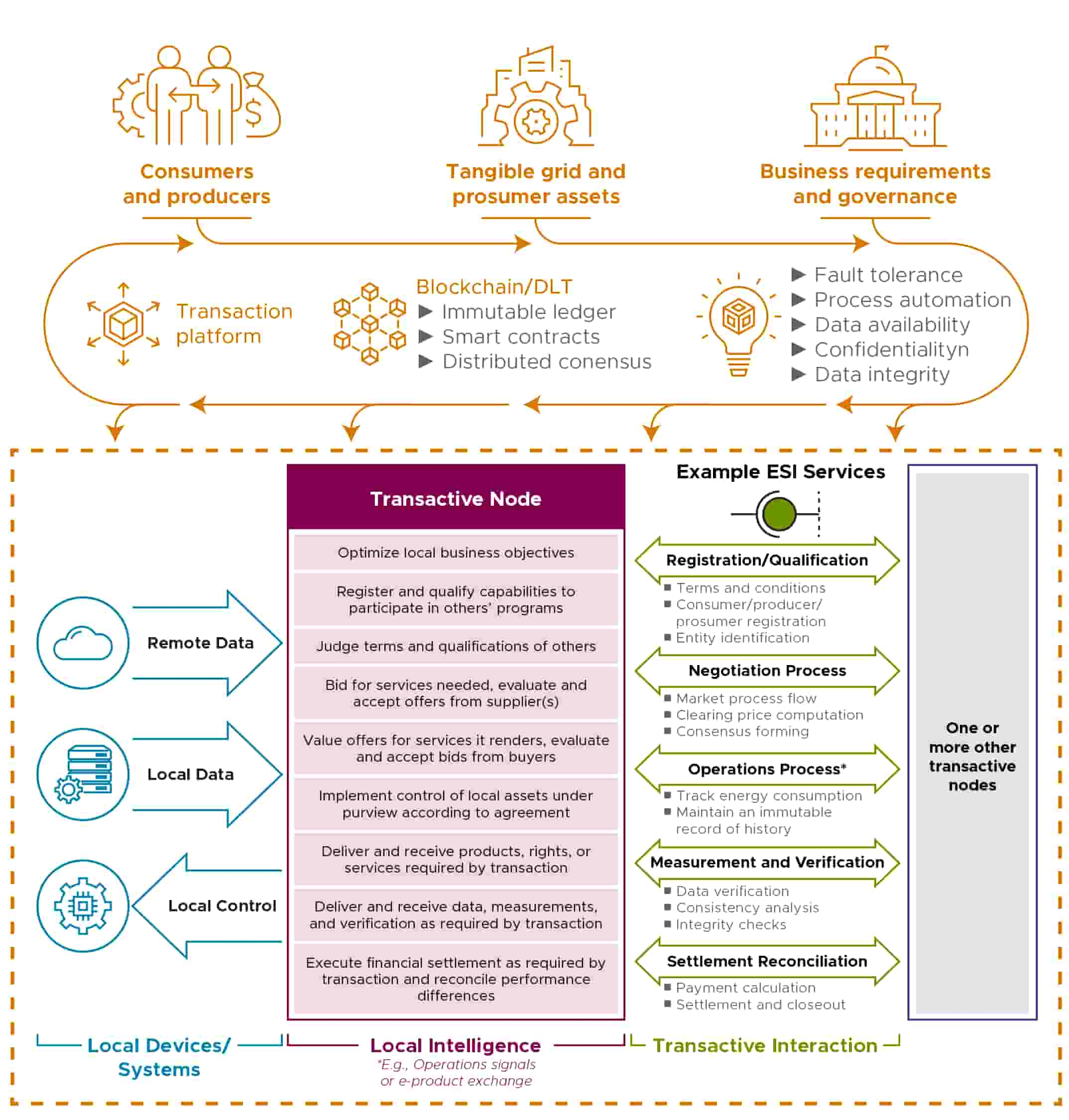
Figure 1. Blockchain in the world of Transactive Energy Systems – a mixture of promising opportunities and worthwhile challenges.
The research artifacts have been thoroughly instrumented and demonstrated [2] using a real-time, 5-minute, double-auction energy market to provide a strong validation of blockchain’s applicability in TESs. The modular software artifacts are designed to fully support machine-to-machine transactions that can be directly integrated into complex grid operations, such as automated market bidding and self-sufficient, resilient grids.
Standardization is a set of procedures and processes that are used to propose, implement, and develop a group of rules and procedures created by various stakeholders and participants, including but not limited to experienced industrial and academic professions. The IEEE P2418.5 Blockchain in Energy Standards Working Group (see Figure. 2) is collaborating with various research teams and industry initiatives to explore and mature blockchain’s applicability to broader power grid applications.
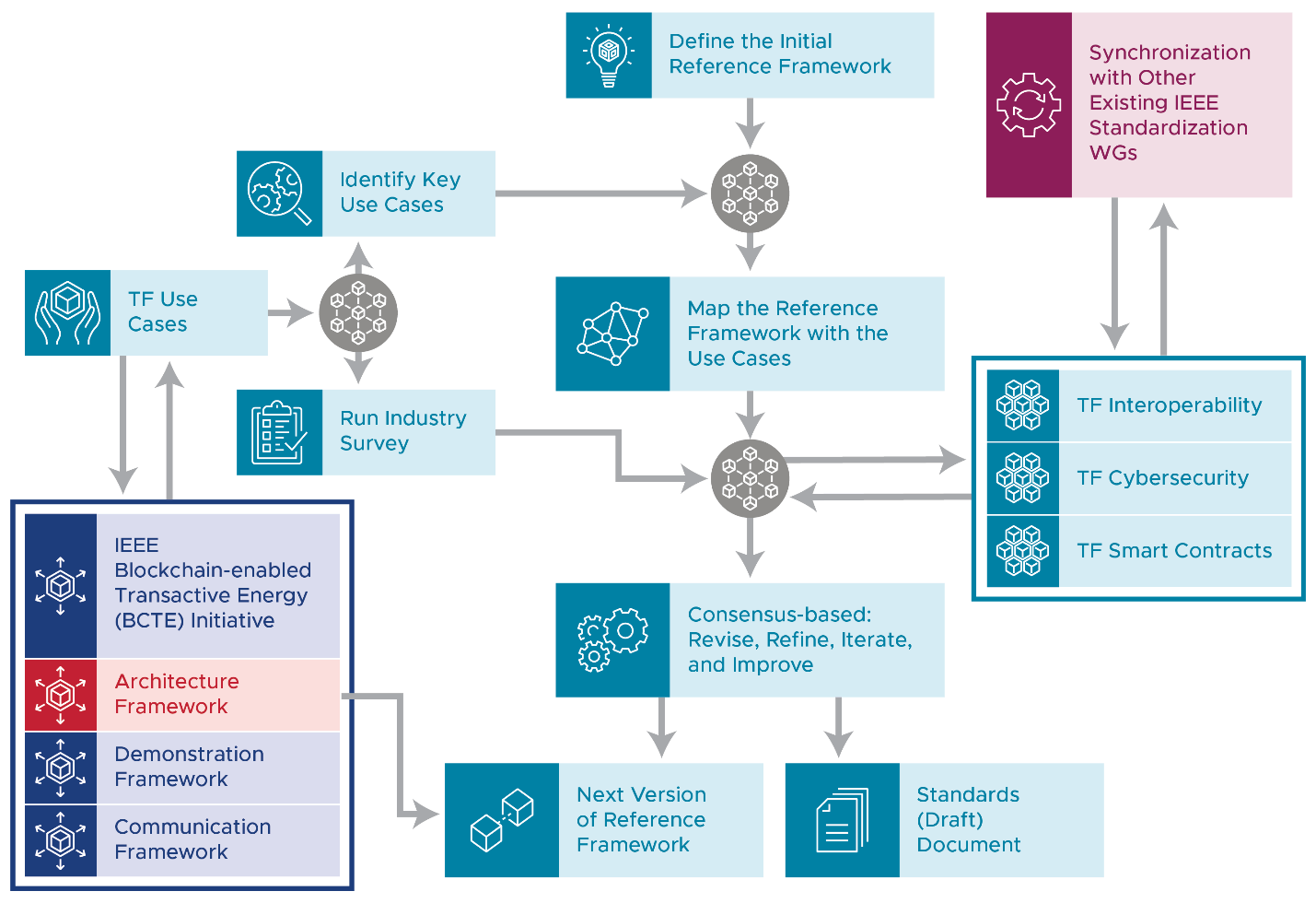
Figure 2. Overall summary of the IEEE P2418.5 Working Group activities and workflow.
The objectives of the IEEE P2418.5 Blockchain in Energy Standards Working Group are as follows [3]:
- Develop an open, interoperable, and holistic guideline that will depend on the reference framework and architecture for the energy sector (primarily for the power industry, secondarily for the oil and gas industries and their derivatives).
- Identify the initial reference framework and map the framework with energy use cases for which blockchain technology can be implemented. The use cases are determined by the working group members and industrial surveys.
- Evolve the initial reference framework and architecture and, most importantly, the iterative and consensus-based exchange mechanism by interacting with other associated groups, such as the IEEE Blockchain-enabled Transactive Energy (BCTE) Initiative [4], etc. and between the working group members via weekly or bi-weekly meetings.
- Disseminate the findings and results to the wider community using standards documents, reports, articles, position papers, webinars, panels, and similar activities.
The IEEE P2418.5 Working group is addressing the aforementioned challenges through its Task Forces (TFs): (1) TF Use Cases, (2) TF Interoperability, (3) TF Cybersecurity, and (4) TF Smart Contracts.
References:
- Gourisetti, Sri Nikhil G., Widergren, Steven E., Mylrea, Michael E., Wang, Peng, Borkum, Mark I., Randall, Alysha M., and Bhattarai, Bishnu P., “Blockchain Smart Contracts for Transactive Energy Systems.” United States: N. p., 2019. Web. doi:10.2172/1658380.
- Gourisetti, Sri Nikhil G., Sebastian-Cardenas, D. Johnathan, Bhattarai, Bishnu P., Wang, Peng, Widergren, Steven E., Borkum, Mark I., and Randall, Alysha M., “Blockchain smart contract reference framework and program logic architecture for transactive energy systems”. United States: 2021. https://doi.org/10.1016/j.apenergy.2021.117860.
- IEEE P2418.5 - Standard for Blockchain in Energy, https://standards.ieee.org/project/2418_5.html
- IEEE Blockchain Transactive Energy (BCTE) Initiative Position paper, https://attend.ieee.org/bcte/.
This article edited by Geev Morkyani
To view all articles in this issue, please go to November 2021 eNewsletter. For a downloadable copy, please visit the IEEE Smart Grid Resource Center.
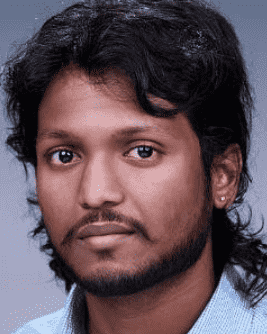
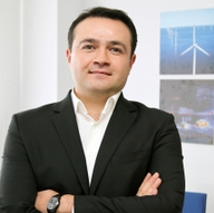


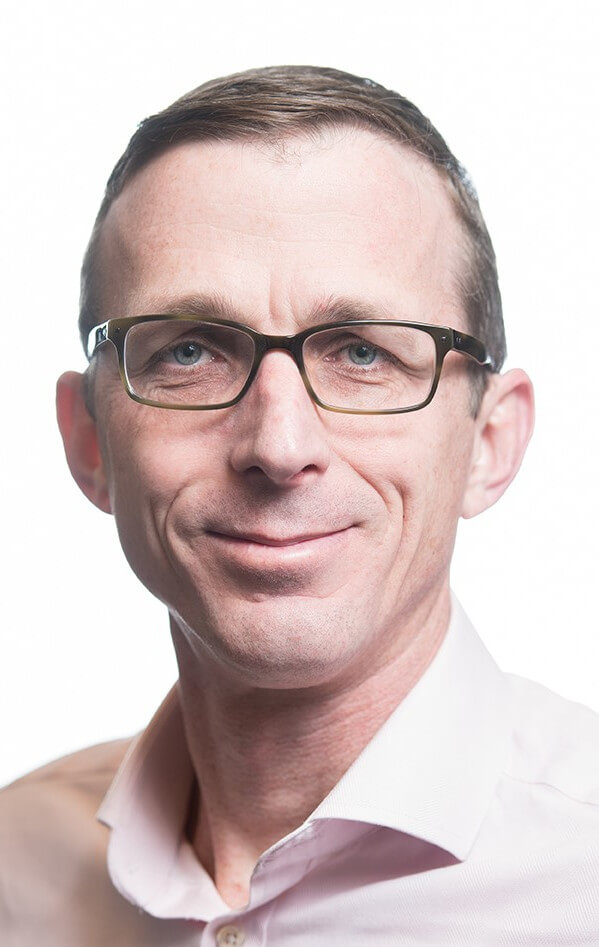
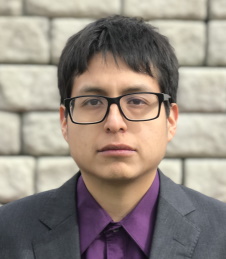
To have the Bulletin delivered monthly to your inbox, join the IEEE Smart Grid Community.
Past Issues
To view archived articles, and issues, which deliver rich insight into the forces shaping the future of the smart grid. Older Bulletins (formerly eNewsletter) can be found here. To download full issues, visit the publications section of the IEEE Smart Grid Resource Center.




